Ledger fishing for bream in the canal
During the last decade, the situation of Italian fresh waters has been improving in terms of fish abundance due to the general decline in pollution. However, if we were to look to the past and evaluate the state of the fish fauna, we would realize that many species have now disappeared due to a progressive adaptation of alien (non-native) fish in rivers, streams and canals throughout the peninsula. On the one hand, this means that it is increasingly rare to catch the same old fish. On the other hand, however, this means that thanks to the arrival of species from various parts of Europe, nowadays in Italy you can always fish. An example is given by bream (or bream). This is a fish originating from Eastern Europe that has colonized northern Italy and has become increasingly the object of interest for many fishermen, especially "feeder enthusiasts" who look for it all year round, especially in winter. Why? Simple! It adapts to the cold and, even in winter or late autumn, tends to remain active and willingly eats a succulent dish of maggots well presented on a short-shanked hook. Let's discover together, therefore, how to fish for bream to have fun in the coming weeks too.
Ledger fishing in the canal
For the realization of today's report we went to one of the most well-known race fields in Italy. We are located on the Canal Bianco in Ca' Vecchia, in the province of Mantua. This is a canal rich in bream (like many others scattered across Northern Italy), crucian carp and catfish. The day is very cold, grey, at times there is also a light rain which is quite annoying. The spot, which is a communication channel between Mantua and the Po', is well suited to the discipline of legering: a bottom fishing technique that aims to whet the appetite of the fish by presenting the bait next to a bed of groundbait. The conditions of limited or almost no current make the practice of ledgering deadly. The fish will tend to always stay in the baiting area and will contribute to making the fishing day pleasant, with continuous bites, interspersed with a few moments of pause.
Line and feeders for fishing for bream
The line for bream fishing must be simple, light and without too many frills. There are two schools of thought: anti-tangle or power gum. The first variant involves the use of an anti-tangle, a swivel and a 25/30 centimeter terminal with a 10/14 short shank hook. The second, however, is a 20 centimeter piece of power gum (the ready-made ones are fine), a 25/30 centimeter leader with the same hook suggested previously. The difference is in the fish's perception of the feeder. We have noticed that often the bream, after having taken the bait, feel the weight of the feeder and remain still, as if they were stuck on the bottom. This is more common with anti-tangle than with power gum. However, there are no particular contraindications towards the first variant, so evaluate them both and choose the one that yields the most in terms of catches. As regards feeders, we suggest open end models dedicated to 20/30 gram flours, with small holes. Cage feeders with large holes are suitable for summer or particularly shallow water.
Baits and groundbaits for bremes
For the creation of today's service we used a groundbait based on yellow groundbait and panettone (the classic bottom groundbait) enriched with the addition of a black groundbait. The latter is very fine-grained, composed of halibut flour, and has an acrid and particularly bitter odor. The mixture between the first, which has a rather coarse grain, and the second, finer and velvety, gives the compound an incredible mechanics. It dissolves quickly and, once in the water, attracts fleets of bream ready to feed. As far as bait is concerned, however, the maggot remains the main bait together with a grain of corn to select larger sizes. Some agonists also use earthworm or ver de vase. These are measures that can certainly work in case of suspicious fish and very cold water.
 |
 |
Have fun and cheers to the bream!

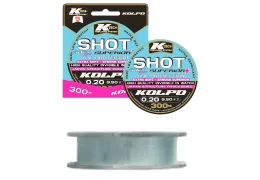
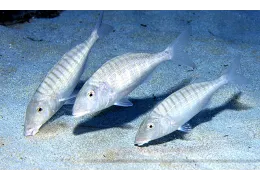
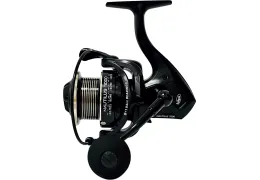
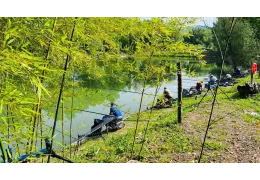

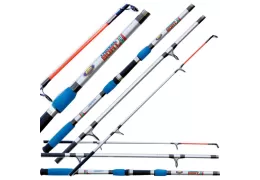
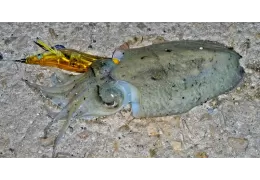
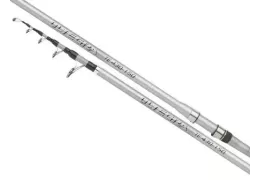



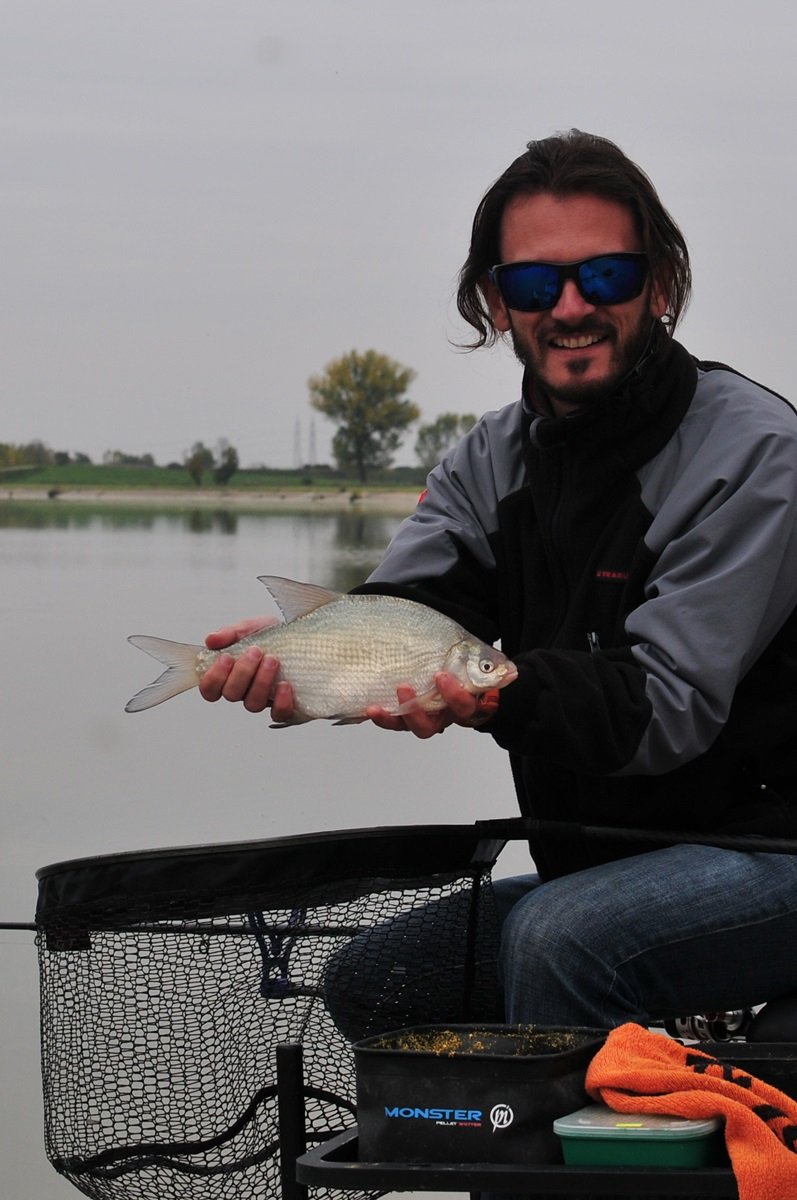
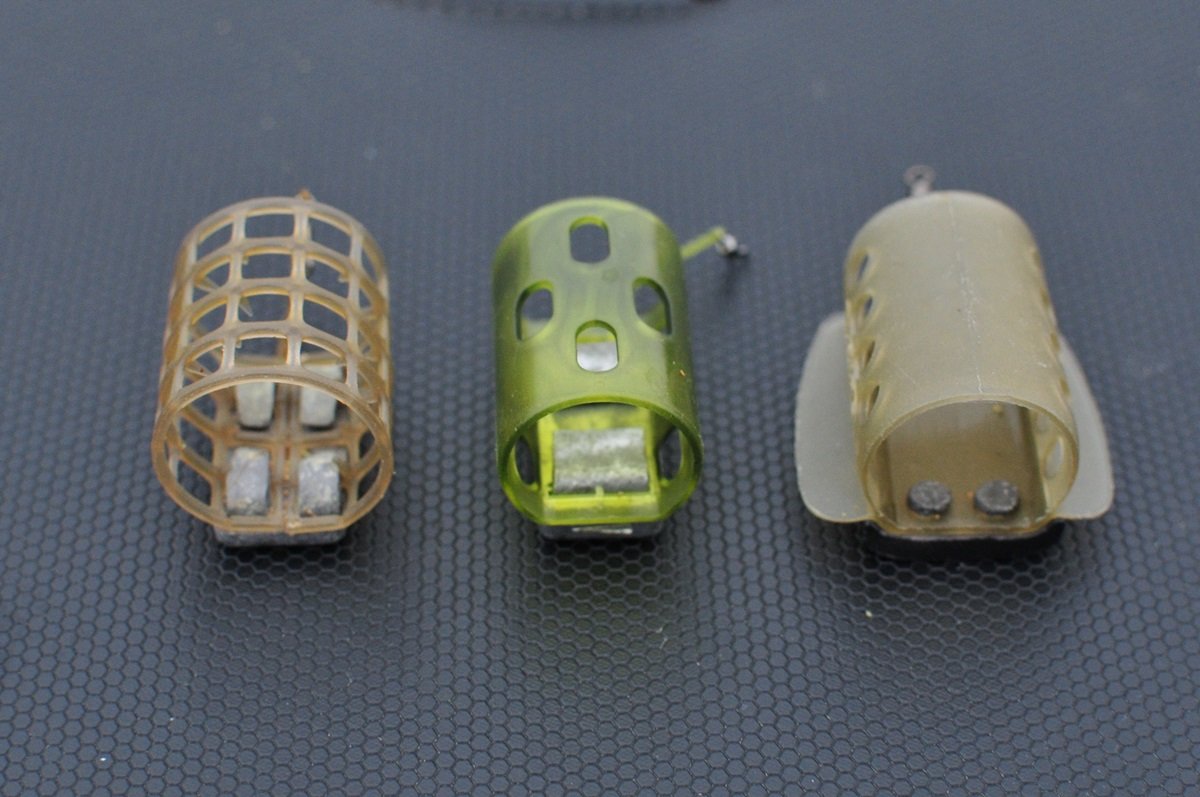
Leave a comment
Log in to post comments